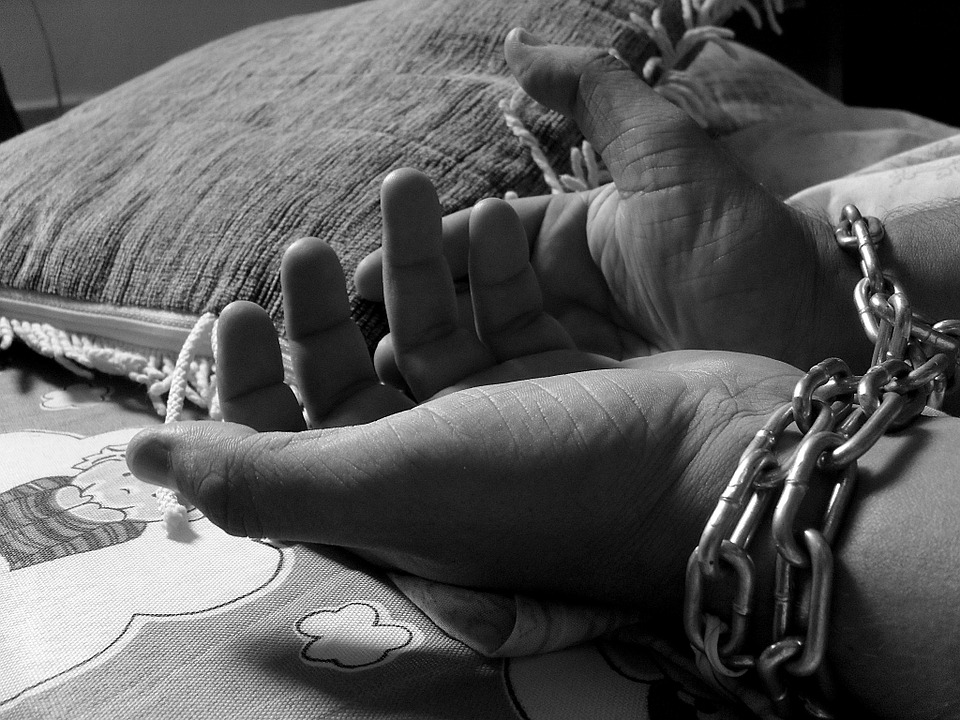Navigating Jewish and American Slavery Narratives

As Jews, we know about the power of narrative. The slavery narrative presented in the Book of Exodus and retold around the Passover table is probably the most powerful because it is the foundation of so many Jewish values: faith, compassion and justice, just to name a few.
At Passover, we do not sit down to the Seder table and simply open the Book of Exodus. Rather we open our Haggadah , which over time has developed into a narrative in which God is the hero, where the Pharaoh represents not only his own excesses of power, but tyranny across the centuries. Rather than start with Exodus, with the slavery itself, one of the first quotes is from Deuteronomy 26:5 referring back to the Book of Genesis: “Arami oved avi—My father was a wandering Aramean.”
It is not simply the Exodus that shapes our worldview as Jews. It is the Exodus portrayed within the context of this narrative, a narrative that presents our God as powerful, and presents our people as compassionate, when we take a drop out of our wine glass for each plague; grateful, when we recite the Hallel Psalms of praise; inquisitive, when our children ask the Four Questions; and imaginative, when haroset can play the role mortar and saltwater that of our tears. Most importantly, it presents Jews as a people blessed with freedom. That’s the Jewish narrative. The parts that are not true we still wish to be true. The narrative of the Exodus has served our people well. That narrative has made us vigilant against abuses of power, for example, and given us hope that from each period of oppression we can move to redemption and freedom.
American Jews have overwhelmingly interpreted our freedom to be a mandate to work for the freedom of all. In America, though, there is another narrative—a racial narrative. It is best summed up by attorney Bryan Stevenson of the Equal Justice Initiative, author of “Just Mercy: A Story of Justice and Redemption.” Unlike other societies that had slavery, Stevenson argues, America was unique in being a slave society. Slavery was established and perpetuated on a narrative of white supremacy. The ideology preached that blacks were violent and needed slavery to tame them. It taught in ways overt and subtle that blacks were dangerous and to protect themselves whites needed to use either subjugation or segregation. While the laws were changed, the narrative never was.In the generations since America’s founding, a subtle form of bias has also emerged called privilege, that unspoken part of the narrative that grants to people with white skin more opportunity than people with dark skin. There are, of course, Jews with all different shades of skin, and each of us must strive to understand the privilege that has been bestowed upon us.
White American Jews are inheritors of two often competing narratives. One tells us that there is something inherently different between blacks and whites. The other tells us that freedom is a gift we must share with others, as we are all created in God’s image.
We have to confront the fact that, for most of us, working for racial equality means working to change the American narrative. If we are successful in this, then our own sense of privilege will be transformed in ways that make us uncomfortable. But considering the sacrifices that those of previous generations made for justice and equality, the risks are small and the potential to build a better society great.
Let us understand the power we hold, the privilege that gives us that power, and the narrative that supports that privilege. I believe we can and must work to rewrite our American narrative so that it better reflects our common history and our shared ideals.
Note: This Torah commentary is offered ahead of the Martin Luther King Day holiday.
Originally published here: https://www.myjewishlearning.com/jewish-and/navigating-jewish-and-american-slavery-narratives/
Inspired to create
your own Haggadah?
Make your own Haggadah and share with other Seder lovers around the world
Have an idea
for a clip?
People like you bring their creativity to Haggadot.com when they share their ideas in a clip
Support Us
with your donation
Help us build moments of meaning and connection through
home-based Jewish rituals.
OUR TOP CONTRIBUTORS
Passover Guide
Hosting your first Passover Seder? Not sure what food to serve? Curious to
know more about the holiday? Explore our Passover 101 Guide for answers
to all of your questions.






















